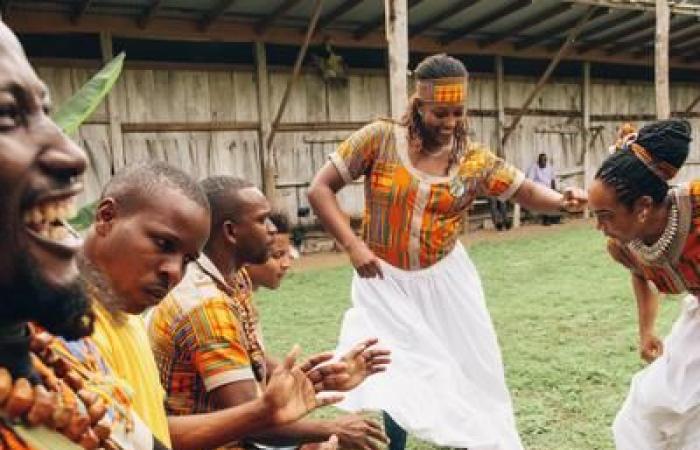After two grueling Maroon Wars (1720–1739, 1795–1796), the British capitulated and signed peace treaties with the Maroons, allowing them to remain free and autonomous until the abolition of slavery in the British Commonwealth in 1834.
The Jamaican government, established in 1962 when British rule ended, has largely respected the centuries-old Maroon agreements, though it has never ratified them. While the government does not levy taxes on Maroon lands, which cannot be sold or used as collateral in a bank, it does provide infrastructure (roads, bridges, schools, clinics) to the four main surviving Maroon villages: Charles Town, Moore Town, Accompong Town and Scott’s Hall. These communities, generally free of crime, elect a council, led by a colonel or chief, to govern the population, though residents can use Jamaica’s court system.
The Maroon villages, where some 700 Maroons and their children live, according to the Institute of Jamaica, are supported by agriculture and tourism. Ivelyn Harris’s livelihood is a combination of both. This seventh-generation Maroon herbalist, or “doctor of the savannah,” often hosts large numbers of visitors at her wellness retreat, an hour’s drive from Kingston, Jamaica’s capital.
The pandemic curbed tourism to the maroon enclaves, which, perhaps because of their isolation, did not record a single case of coronavirus among the four main villages, said Harris, 68, in 2021. He attributes the general tranquility of the maroons to ” air, food, atmosphere”. The locals also have enough rudimentary knowledge of medicinal herbs to “heal themselves,” he says. “They know what herbs to use if their tummy hurts, or if they have colic, or a sprain.”
On a morning in 2021, instead of the half-dozen tours she usually leads a day, Charles Town Col. Marcia Douglas, 44, is supervising 30 children taking virtual classes inside the Asafu Culture Yard, which hosts visitors for lunch, drum lessons, craft workshops and talks about traditional herbs and teas.
While the children chat in the background, she laments the economic drought plaguing Charles Town, located at the foot of the Blue Mountains, an hour and a half drive from the Ocho Rios cruise port. “We use our culture to tell the story of our ancestors and also as a means of providing our main income,” says Douglas. But now, “all our businesses are closed,” she adds.
The villages are free to visit for anyone, but it is recommended to contact the local colonel in advance to arrange guided tours, special meals and home stays.
On June 23, Charles Town celebrates Quao Day to commemorate the signing of the peace treaty between the British and Colonel Quao in 1739. On January 6, Accompong Town celebrates its treaty of 1738 and the birthday of Cudjoe, brother of Nanny.






